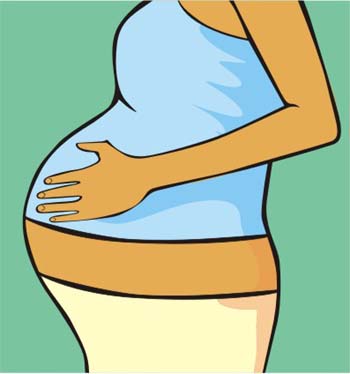


Female Arousal Disorder
Female sexual arousal disorder is described as the inability of a woman to complete sexual activity with adequate lubrication. Swelling of the external genitalia and vaginal lubrication are generally absent. These symptoms must cause problems in the interpersonal relationship to be considered a disorder. it is not unusual for the woman with female sexual arousal disorder to have almost no sense of sexual arousal. Often, these women experience pain with intercourse and avoid sexual contact with their partner.
it is the second most common sexual problem among women, affecting 15 to 20
percent of women, and most frequently occurs in postmenopausal women. Low
estrogen levels after menopause can make vaginal tissue dry and thin and
reduce blood flow to genitals. As a result, the arousal phase of the sexual
response may take longer and sensitivity of the vaginal area may decline.
However, this can happen at any age.
Women that are taking sildenafil(Viagra) for FSD report increased vaginal vascular engorgement, improved clitoral responsiveness, and greater vaginal lubrication. The results of studies are inconclusive, but have shown that about 20 percent of women having difficulties with vaginal lubrication responded positively to sildenafil treatment, with increased blood flow to the vagina and clitoris causing greater female arousal.
in placebo-controlled studies, women suffering from Female Sexual Arousal Disorder (FSAD) experienced significant benefits from taking sildenafil. These women suffered from physical problems associated with sexual arousal such as lack of blood flow to the genitals and lack of natural lubrication and had problems with arousal.Current treatment of patients with arousal disorders is
limited to the use of commercial lubricants, although vitamin E and mineral
oils are also options. Arousal disorders may be secondary to inadequate
stimulation, especially in older women who require more stimulation to reach
a level of arousal that was more easily attained at a younger age.
Encouraging adequate foreplay or the use of vibrators to increase
stimulation may be helpful. Taking a warm bath before intercourse may also
increase arousal. Anxiety may inhibit arousal, and strategies to alleviate
anxiety by employing distraction techniques are helpful.
Urogenital atrophy is the most common cause of
arousal disorders in postmenopausal women, and estrogen replacement, when
appropriate, is usually effective therapy. However, women taking systemic
estrogens occasionally require supplementation with local therapy. Long-term
use of estrogen-containing vaginal creams is considered an
unopposed-estrogen treatment in women with an intact uterus, requiring
progesterone opposition. An oral progesterone such as medroxyprogesterone 5
mg daily for 10 days every one to three months (or equivalent) may be used
initially, with frequency or dosage increased if withdrawal bleeding occurs.
Premenopausal women with arousal disorders, women
who do not respond to estrogen therapy and women who are unable or unwilling
to take estrogen represent difficult patient groups because few treatment
options are available.
Another type of sexual arousal disorder has the opposite effect. Some women
may always feel sexually aroused, an experience that can be quite
uncomfortable and upsetting. Women who have a hyperactive sexual drive tend
to be very demanding sexually because their desire for sex is constant.